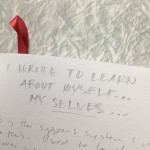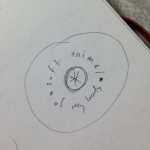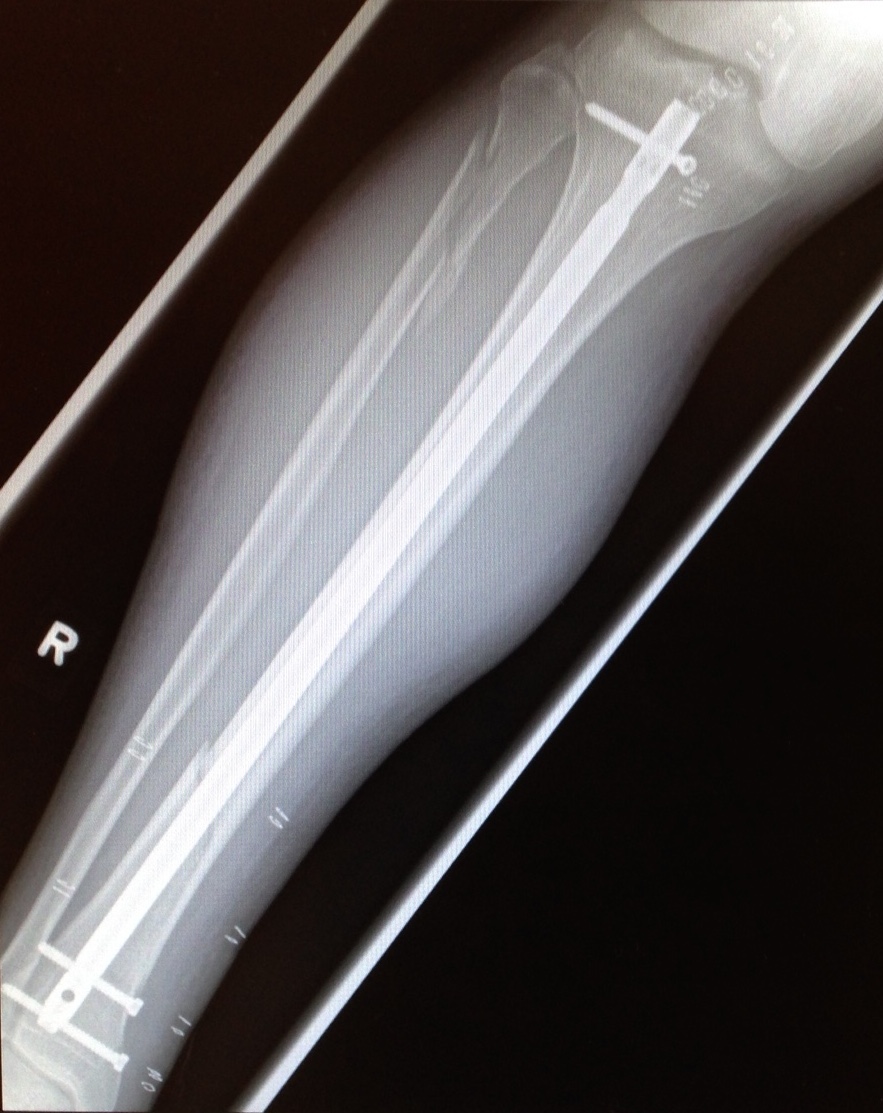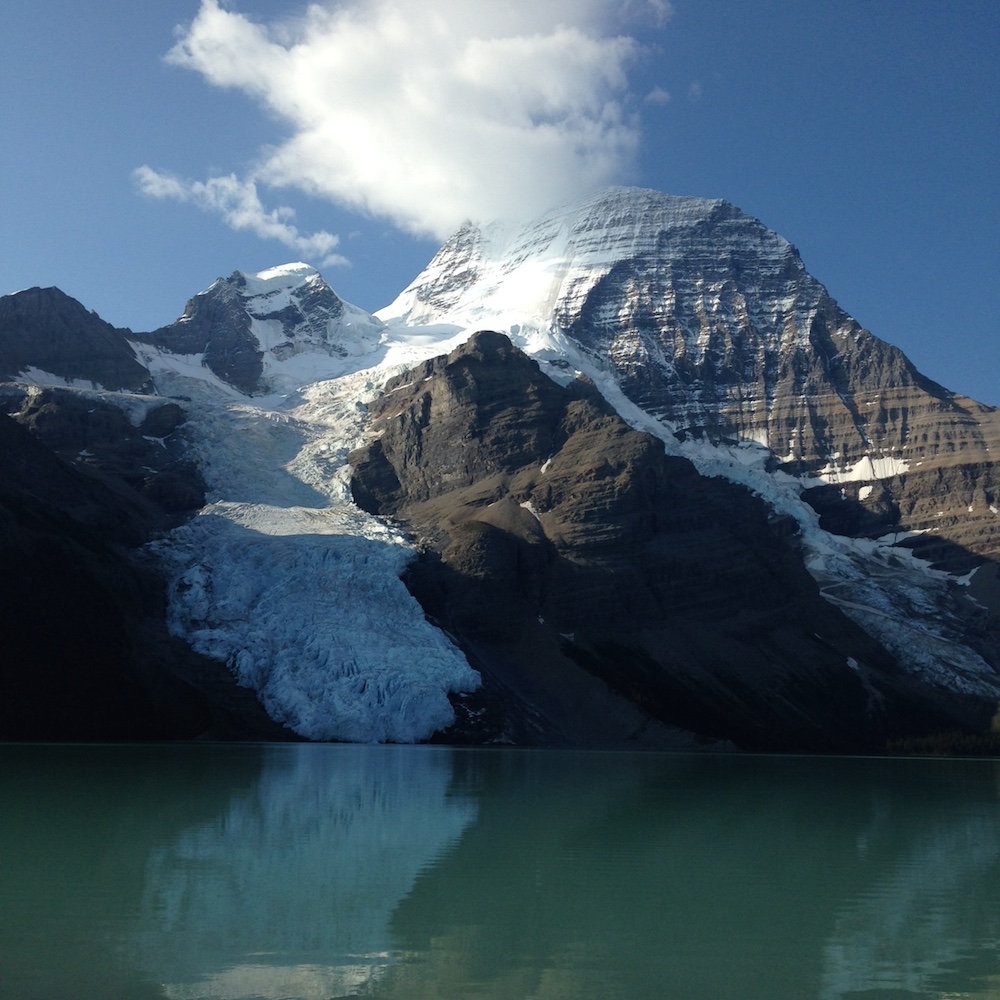I have been quiet as I dig into the radical work of my find out what my soul has to tell me.
I have been quiet in blog land these days, pondering the effects of a second wilderness quest in June, and and stepping into an apprenticeship in this work. True to the quest pattern, trials have appeared, to test me. The first was the betrayal of a professional friend that invited me to discern the fiery gifts of the dragon. The second challenge was my husband’s fall and broken leg in the backcountry, where I noticed that ‘trail’ and ‘trial’ are almost the same word. In between these two events, I was starting to notice a deepening in the work that is calling me forth.
Though not writing here, I have been writing in my journal, looking for the things that are simply meaningful and heartfelt to me, but extremely meaningful and heartfelt. ‘My looking ripens things,” as Rilke puts it.
Here are a few clues I have about what’s ripening, of where I’m headed:
- Writing feels good. I write to find out what I feel and think. More importantly it allows me to reveal to myself what I already know. I get to know myself, my selves. It is a process of selving.
- The surrender of things. There is a transition underway in me that I see as a natural part of heading into the second half of my life. James Hollis names this as a transition away from acquisition to relinquishment.
- The surrender to things. I have a better relationship with my ego-self who wants to fight and protect me. I don’t need to fight to be me, or fight anything that threatens my sense of me. I can surrender to whatever is happening and find my way within. (Note – exceptions are life- and morally-threatening events!)
- I am a traveler, a wanderer, in the underworld of the soul. It is a place I don’t like to go because what I find there is the truth that I don’t always want to work into my life – or what I think of my life. It is a dark, opening place that we rarely visit in my culture.
- What does it mean to find my place? Work that nourishes, social belonging, all in the context of physical place. ‘Place’ is something I can take with me everywhere. People are at home all over the planet. It is what I make of it.
- I hobble with confidence rather than fear. It may take a little creativity. When are the crutches needed? Not needed? How do I know when I am done with crutches? What crutches am I still using unnecessarily?
- I love the soft animal of my body. These words of Mary Oliver, ‘the soft animal of my body’, caused a wave of relief in my being and my relationship with my body. I am a soft animal. I am not a thin, lithe animal. I am soft and squishy.
- I am an activist for the soul. Or a soul activist. I have circles of people around me who purposefully embark on their lifelong journeys to find their truest, most authentic selves. We spend good time together, supporting each other on our respective journeys. We have Soul Circles. Our work is Soul Circling.
- I am a guide. A guide guided by soul, a soul guide, a wilderness guide, a civilization guide, a city guide…
As I was pondering all this last week, I was asking myself what it all means. I went out for a walk to my sage spot, and as I was walking I asked for a sign. It came on the side of a van:
ARGO
This word has meaning for me because my kids love it when I say the line from the movie, Argo: “Argo f$%# yourself!” I dug around to find the meaning of the word. The argo was the ship in Greek mythology in which Jason and the Argonauts sailed for the the Golden Fleece. It is the vessel that accompanied Jason and his companions to fulfill their quest. Argo is a vessel, a container. It holds and supports the travellers. A receptacle.
This word has further meaning as I reflect on last year’s wilderness quest, and my relationship with a green bottle – a vessel that allowed me to see my soul hungers.
I am stepping into a relationship with the paired twins of Nature and Soul, who I now recognize as the two trees I spent my solo time on this year’s wilderness quest.
I am stepping into radical work that will support people as they find their way and step into the work that is calling to them from the depths of their soul – rather than from external sources, or the inner voices that are external sources in disguise. This work is at every scale, from self to the city and beyond, and it always starts at home, with self and soul.
How do you circle up with your soul?
Are you the vessel your soul needs you to be?



